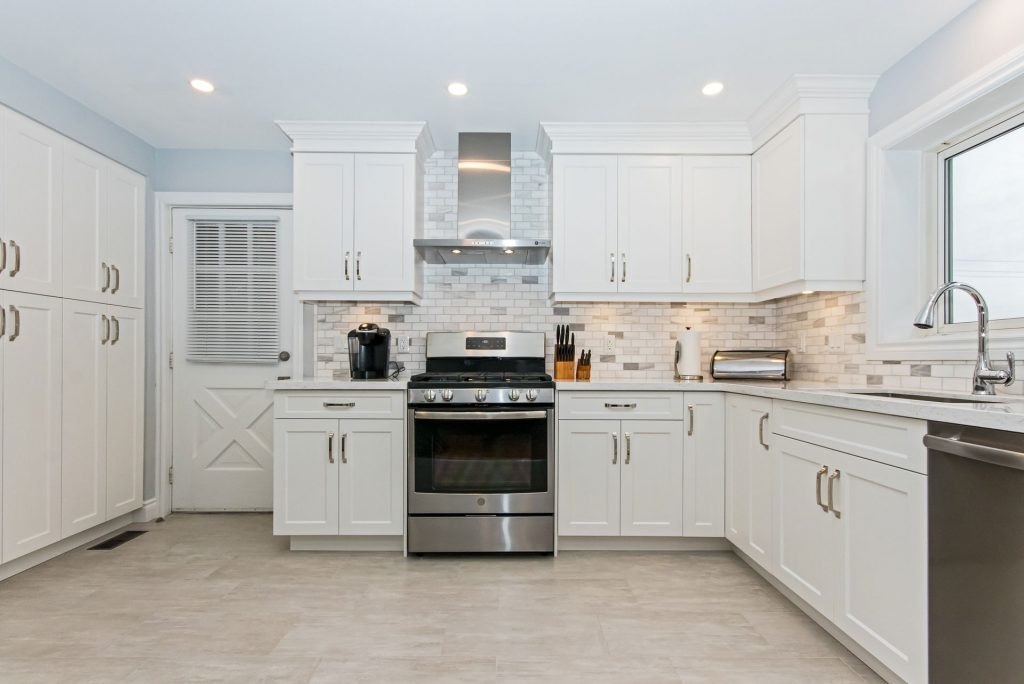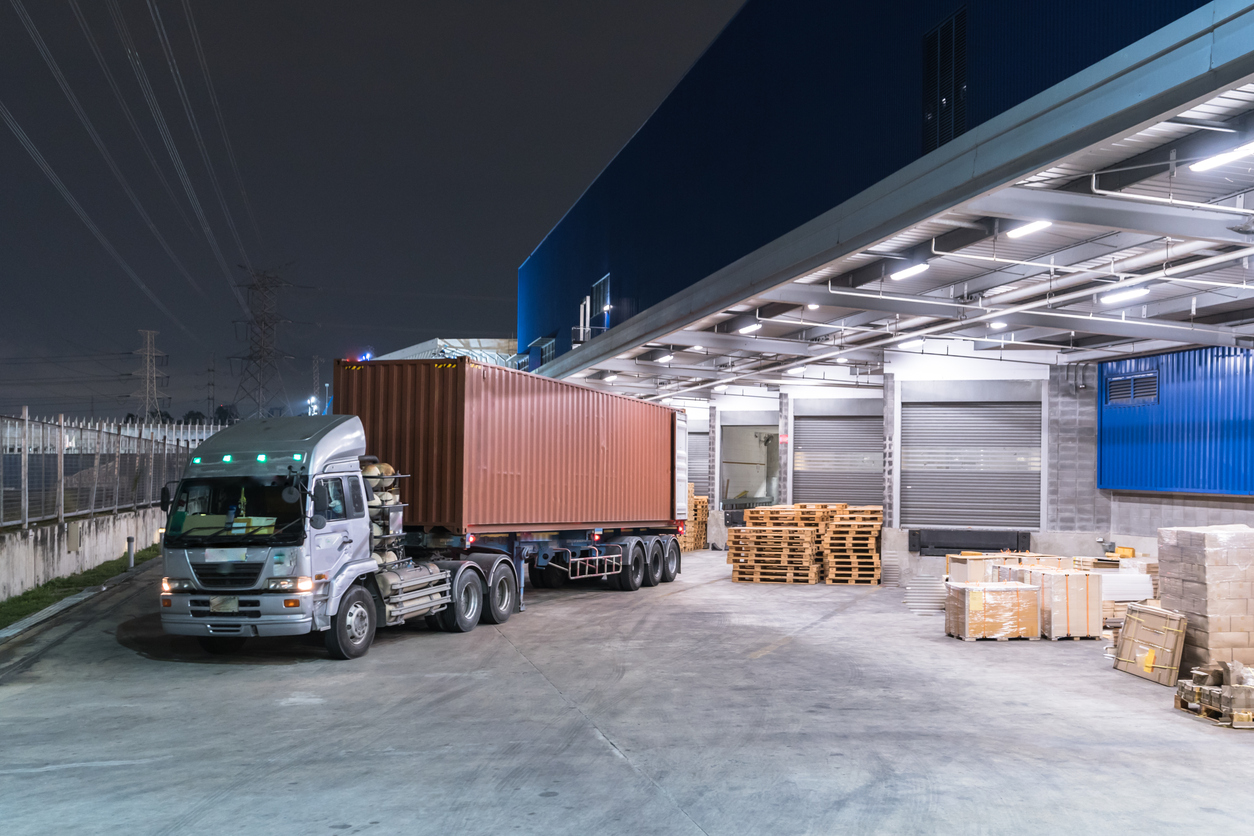5 Tips on How to Install Kitchen Cabinets and Appliances the Right Way
5 Tips on How to Install Kitchen Cabinets and Appliances the Right Way
Let’s face it installing kitchen cabinets, appliances and other fixtures isn’t exactly the most exciting part of building a new home. In fact, it can be downright stressful as every measurement and detail needs to be perfect for your brand-new kitchen to look its best. However, with a little preparation and guidance from professionals you can successfully install your cabinetry and fixtures in no time at all! There are many different factors that need to be considered when installing new kitchen cabinetry and appliances. The location of outlets, proximity of cabinets, lighting and many other things. So if you’re planning on doing it yourself or hiring someone to do it for you, check out these 5 tips on how to install kitchen cabinets, appliances and fixtures the right way:
Measure and mark everything
First and foremost, take all the measurements that you can while your cabinets are still in the box. Measure between the cabinets and the wall, the location of your outlets and switches, the distance between cabinets, and anything else that might have an impact on you installing your cabinets. Be sure to mark your measurements with either a pencil or a crayon so you can see it once you’re working with your cabinets. This way you won’t have to worry about making a mistake or having the wrong measurements. If you want to be extra careful and ensure that you don’t run into any issues with your cabinets, you can also mark off the shape and location of your countertops and appliances on your cabinets. Take special care when marking your appliances and make sure that you mark off the location of the back panel and other important parts. This way you can have plenty of room between your appliances and your cabinets.
Install cabinets before you install countertops
This might be a bit counterintuitive, but installing your cabinets before you install your countertops is generally the most efficient and best way to do things. There are a few reasons for this. First, you’ll need to connect your electrical before you install your countertops. If you install your countertops before your cabinets, you won’t be able to install your electrical. Another reason is that you’ll need to connect your plumbing before you install your countertops, again meaning you’ll have to install your cabinets before you install your countertops. The last reason is that once your countertops are installed you won’t have enough space to fit your cabinets in. Yes, cabinets are big and bulky, so it’s a lot easier to install them before your countertops; then you just have to make sure you remove your cabinets and put them back when you install your countertops.
Use a straight edge for your base cabinets
When measuring your cabinets and installing them, it’s vital that your measurements are perfect. Installers usually use a laser level; this is a fancy gadget that extends a laser light and helps you line up your cabinets perfectly. However, if you don’t have a laser level, don’t fret! You can use a more old-fashioned and much cheaper tool called a straight edge. A straight edge is a wooden ruler that is exactly 36” long. Use the straight edge to line up your cabinets and get them perfectly level. It might be a little bit more work, but it’s an inexpensive tool that’s a must for any cabinet installation.
Find the stud in your wall BEFORE you drill
If you’re installing wall-mounted cabinets, now is a great time to find the stud in your wall. This is important because you’ll want to drill your cabinet-mounting screws into the wall stud and not the wall itself. If you don’t find the stud, you can use a special tool to locate it. When you find the stud, make sure to mark it with a pencil or a crayon so you know where it is. If you don’t find a stud and you mount the cabinet directly to the wall, it will sag and end up looking very unprofessional. That’s why it’s so important to find the stud in your wall: it’s the sturdiest part of your wall and will make sure your cabinet stays nice and straight even after years of use.
Ask for help when installing your appliances
If you’re installing your appliances before you install your cabinets, you might find it a little bit difficult to reach your outlets and wires. If this is the case, it’s a good idea to get help from an electrician. They can help you run your wires, mount your outlets, and install your appliances. This isn’t a job that you should do yourself, even if you’re pretty handy. It’s important to have a qualified and experienced professional install your appliances. It could be a very dangerous job if done improperly, and it could also void your warranty by trying to do it yourself. So it’s best to have an electrician come out and do the job right.
Installing Kitchen Cabinets
Installing cabinets is a pretty straightforward process. You need to start by finding the stud in your wall and marking it. Make sure to mark both sides of the wall, as most wall studs are not in the center of the wall. Once you’ve marked the wall studs, you can measure the distance from the bottom of your cabinets to the mark and make sure it’s consistent for all your cabinets. Once you’ve measured and marked, you can install your wall brackets. There are two types of wall brackets: friction-fit and screw-fit. Friction-fit wall brackets are better for softer walls like drywall, whereas screw-fit brackets are better for concrete and cinder block walls. It’s important to make sure that the wall brackets are installed level and plumb. You can do this by using a level and a ruler to make sure each wall bracket is perfectly straight and level.
Installing Appliances
Installing your appliances is the last big part of installing your kitchen. This is a pretty straightforward process; all you need to do is mount your wall cabinets and install your appliances. Make sure that you have all the necessary parts before you start installing your appliances, and take your time to ensure everything is done correctly. A lot of people tend to rush through this process and end up making more mistakes than if they took their time and installed their appliances correctly. So be sure to take your time and don’t rush through this process.
Installing Counter Tops and Backsplash Tiles
Installing countertops is a pretty straightforward process, but it can get time-consuming. You may want to invest in some extra help if you have a large kitchen or are working alone. Depending on the type of countertop you’ve chosen, you will need to install them one of three ways. If you have a tile countertop, you will need to install a backer board before you install your countertops. If you have a laminate countertop, you simply need to place your countertops on top of your cabinets and apply a thick layer of adhesive. And if you have a wood countertop, you will need to use brackets to connect your countertops to your cabinets.
Conclusion
Installing cabinets, appliances and other fixtures isn’t exactly the most exciting part of building a new home. In fact, it can be downright stressful as every measurement and detail needs to be perfect for your brand-new kitchen to look its best. However, with a little preparation and guidance from professionals you can successfully install your cabinetry and fixtures in no time at all!








LEAVE A COMMENT
You must be logged in to post a comment.